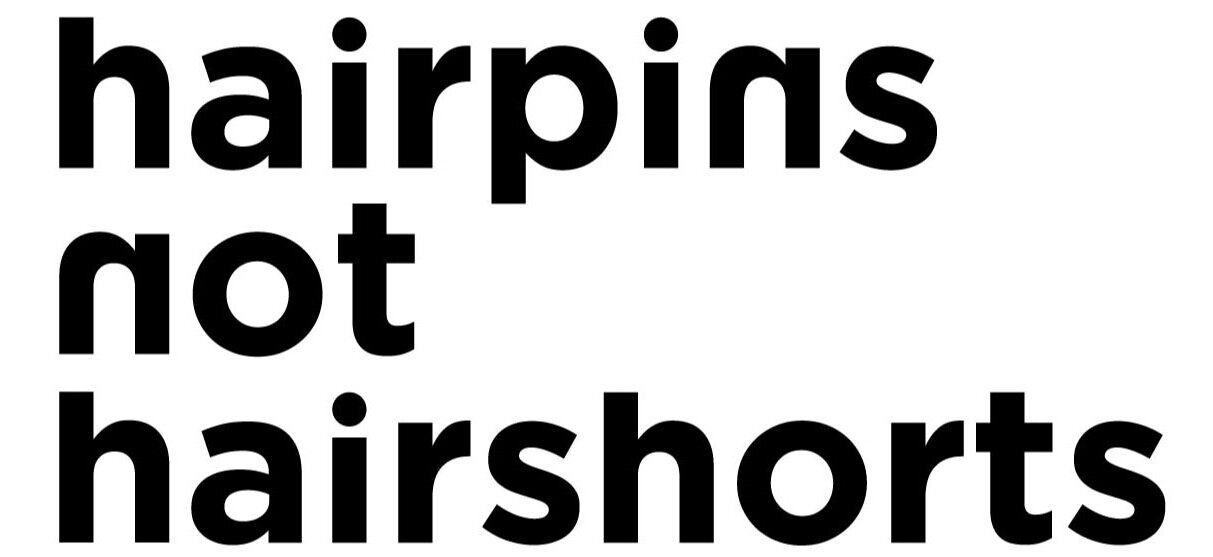Bikes, sure. But why no UCI seal-of-approval stickers on road helmets?
While cycling media has turned their attention to the Tour, I’m looking at a pile of helmet boxes at Hairpins HQ.
There are 6 or 7 in a corner in my flat. They started turning up since Omloop and haven’t stopped since. One promised to “change cycling forever.” One has Koroyd inside (whatever that is). Another WaveCel, and another still MIPS with Angi.
Some are just straight-up high-density foam, straps and a little engineering. How banal.
So, what do they have in common? For starters, they’re all handsome. POC’s Omne Air SPIN is still one of the more distinct, best looking helmets in my opinion. It uses something called SPIN for its rotational impact tech and has to be one of the best new designs for 2019.
I’ve been riding in the Prevail II from Specialized and the XXX from Bontrager a lot, partly because I like the way they look, they’ve put considerable energy into concussion research, but also because their Larges are true larges. They cater to my particular head issues. Chapeau on that one.
Like all of POC’s designs, a vision for helmets originated in impact safety.
In truth, I I find the pile confusing. The helmets all do the same thing, sure. Yet non have that UCI stamp that occupies real-estate on my road bike that tells me its race-approved. Why not? Could having one help standardize industry-led work to limit rotational impacts that are common in cycling? Could it make the process of buying a new helmet less confusing for cyclists?
This is the nut of helmet reviews, I guess. You can comment all day about a helmet’s aesthetics and fit. You’ll never crash on your morning crit just to ink a few words on its safety, however.
It takes faith in industry to believe all this tech is actually sound. Part of me thinks regulators have a bigger part to play here. I tried to get some comment from the UCI about this. Why no sticker? Why no standardization? The science is there, but there is no standard for oblique head impacts, just some tests (Virginia Tech) that offer insights. Shouldn’t they be more involved?
Several emails later, I was pointed to Article 1.3.031 of UCI Regulations. They address helmets and are based on international safety standards (such as the EN 1078) which are developed for Europe by the European Committee for Standardization. A start. “Currently, the UCI regulations do not set any regulations regarding rotational impacts and concussion” - a serious issue they said, and one which they are keeping an eye on.
Simon Fisher from Specialized had an interesting perspective. Reality is that the UCI already has many rules, he says. For helmets, they simply defer to the major testing bodies like ASTM and SNELL for individual country safety standards because they vary so much.
“Helmets are currently tested for impact standards, but not rotational,” he says. “Most in industry feel that rotational standards will come in the future, but for now it is run by groups like MIPS, Virginia Tech and helmet companies who set up the right fixtures to test for helmet rotational mitigation.”
Maybe there’s no merit to this idea. Maybe the UCI, like Fisher says, has enough on its plate, lording over road, track and MTB racing in so many ways. Perhaps this is a totally nonsensical bit of drivel. But It’s been on my mind for weeks, so I thought I’d put it out there. .
Here’s a link to Virginia Tech’s road helmet ratings. I’m happy to see the two helmets I’m wearing the most these days make the top 12 in terms of safety.
No UCI stickers on either of them, but some peace-of-mind there, I guess.
Stealthy in black.
Best of 2019:
The design is unmistakable. But the tech is very impressive too. Specialized Prevail II w ANGi: the ‘Angular and G-Force Indicator’ is actually a sensor that detects impact or a rotational event that could indicate a crash has happened. The sensor is attached to the helmet and paired to your phone. Now you have a crash detection beacon attached to your helmet. Voila. Next level fit, particularly for larger heads like mine. Features MIPS.
The XXX with Wavecel from Bontrager made a lot of noise when it came out, but in our opinion, entirely worth it. Great fit, safety and design. And if nothing else, furthered a conversation that will have to evolve in years to come.


















